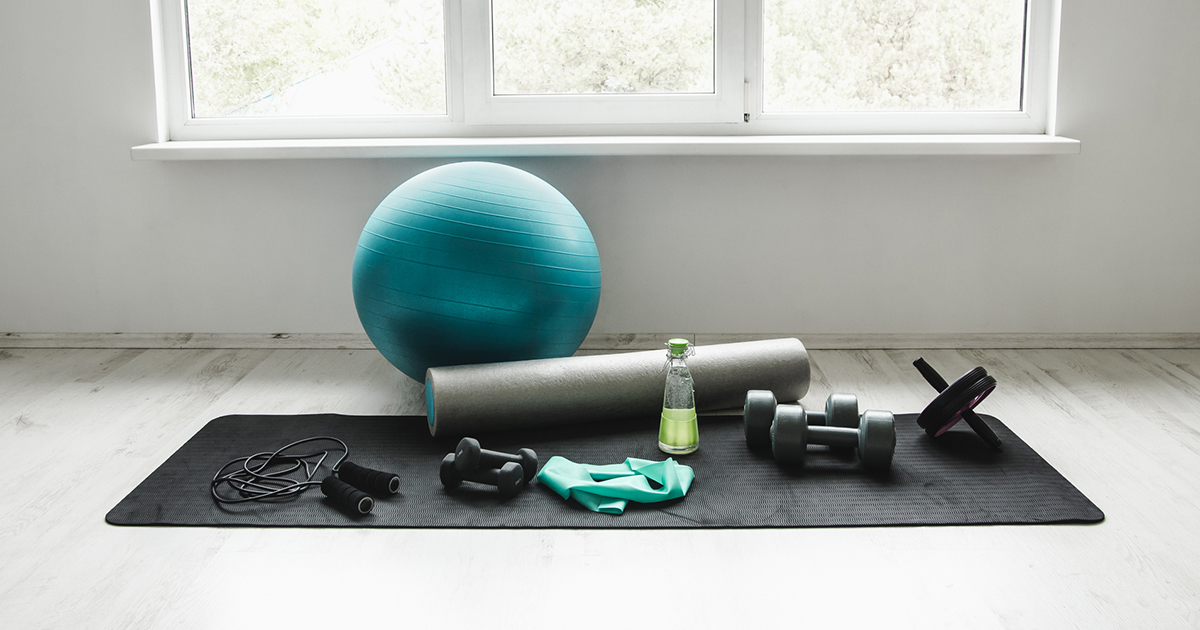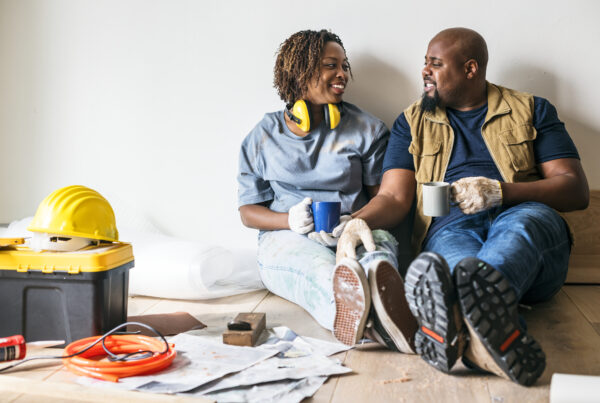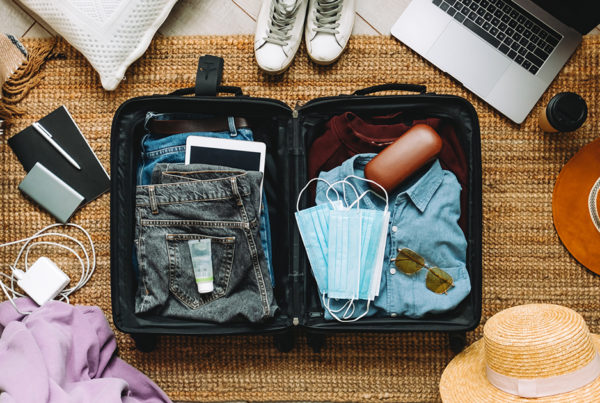Since March 2020, there isn’t much that’s stayed the same or returned to normal or pre-COVID standards. Fitness centers have been among the businesses most impacted by the pandemic with many people opting to workout at home instead of at the gym. In fact, health and fitness equipment sales doubled from March to October 2020, and that trend continued in 2021, especially cycling equipment sales.
If you are looking at changing or upgrading your pandemic fitness routine, check out the tips below for how to set up your own home gym without draining your savings (or taking on credit card debt).
How to set up your own home gym
Physical fitness during the pandemic remains a key focus for many, but making it happen can be a struggle. When it comes to setting up your home gym during the pandemic, follow these steps to help you reach your fitness goals:
- Evaluate your fitness goals. Starting with goal setting helps you determine what equipment or fitness app subscriptions may be right for you (similar to reviewing your budget when setting savings goals). Once you know your goals (such as do five unassisted pullups, completing 25 pushups on your toes, losing X amount of weight or running a 5K), you can determine what fitness routine (and equipment) will help you reach your goals.
- Factor in your comfort level. Your previous fitness experience matters when it comes to buying home gym equipment. For example, if you are new to weightlifting, buying an adjustable workout bench that starts at $100+ and may cost as much as $1,300 may not be the best option right away (scroll down for tips for buying equipment on a budget). Identify what types of activities you are comfortable with and plan your fitness equipment purchases accordingly. Additionally, determine if you plan to continue working out at home post-pandemic, or if you’d like to return to a more social form of working out after the pandemic to know how much you should invest in your home gym.
- Plan for activities you enjoy. Fitness routines are easier to stick to if you are doing activities you like. While trends like goat yoga, aerial aerobics and kickboxing may be appealing to some, if they are not your thing, there’s no harm in admitting that (especially since goats come with a little more maintenance than most other fitness supplies). If you plan to incorporate cardio into your routine, think about the types of cardio you enjoy. If you despise cycling, don’t get a stationary bike!
- Use the “Crawl, Walk, Run” method for buying equipment. It can be hard to be patient and the desire to buy it all at once and be all set to go can be tempting. Unfortunately, that can lead to buyer’s remorse, as well as fitness equipment that turns into a coat rack or dust collector. By applying the “Crawl, Walk, Run” method to your fitness purchases, you’ll start small, getting just the basics, and build up to more purchases as your strength and fitness level also grows. Start with buying a few basics like a mat and hand weights and add an item or two each month.
- Use existing space in a new way. Investing in a home gym doesn’t mean you have to knock down walls (or put new ones up). Take a quick walk through your home and think through how your space is currently being used. Are there areas you had previously set up that are no longer being used for their intended purpose? Look for space in your home that will give you enough room to do the movements of your go-to fitness routines, as well as have additional space for storing your equipment.
Budget-friendly tips for purchasing home gym equipment
While buying it all new and all at once may seem like the easiest option, several factors, such as supply chain delays, available space in your home and your budget may take this purchase route off the table.
Here are a few ways to build your home gym without breaking the bank:
- Don’t buy anything. Probably not the tip you were expecting to see, but if you’ve set your goals and evaluated your fitness comfort levels and determined body weight workouts paired with walking are your go-to workouts, then don’t buy anything! You can even find many free body weight workout videos online.
- Buy used equipment. As with most other industries, health and fitness products have been hard to find on shelves. Checking out local online listings via buy, sell, trade apps, websites or social media is a great way to find what you are looking for, and often at a much lower price. Keep in mind that when buying something used online, try to verify that you are working with a real person (Community MeetUp locations help with this) and be sure to sanitize anything you do buy.
- Buy the basic version first. I know what you may be thinking…if I need something, I might as well invest in the top-tier version with all the bells and whistles right away (best bang for your buck if you’re going to be using it for many years, right?). While that works in some cases, if you are new to a home workout routine and haven’t quite figured out what exercises and activities you like best, buying a cheaper version is your best bet. You can get used to using the equipment for a while, set up a Name Your Savings account to save up for the bigger purchase and then sell your first set of equipment to make a little money back, too. One example of this is a weight bench (remember that example from above?). You can purchase an adjustable deck for under $200 and use it as both an aerobic step and a weight bench. Then, you can save up for the weight bench of your dreams.
- Only buy what you need. This goes back to knowing your fitness goals, routine and comfort level. While it may sound nice to have a home gym equipped with a stationary bike, treadmill, stair-stepper, multiple weight benches, a squat rack and more weights than you can count, putting it to good use is what’s really nice. As you are shopping for what you need, be sure to also do some comparison shopping to make sure you are getting a good price.
Looking for more Home Life tips? Check out our blog for monthly posts about buying a house, home décor, fitness, food and more.






 Federally Insured by NCUA |
Federally Insured by NCUA |  Equal Housing Opportunity |
Equal Housing Opportunity |